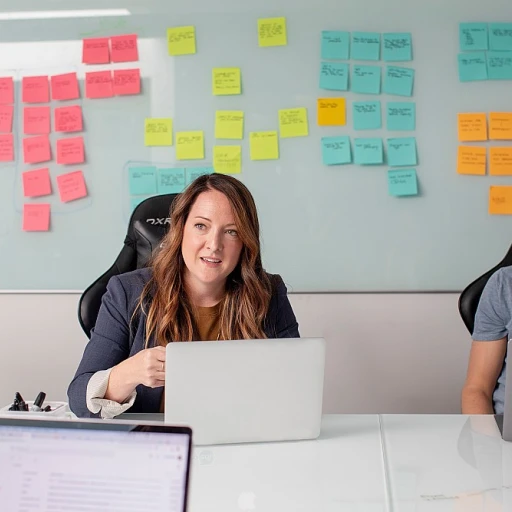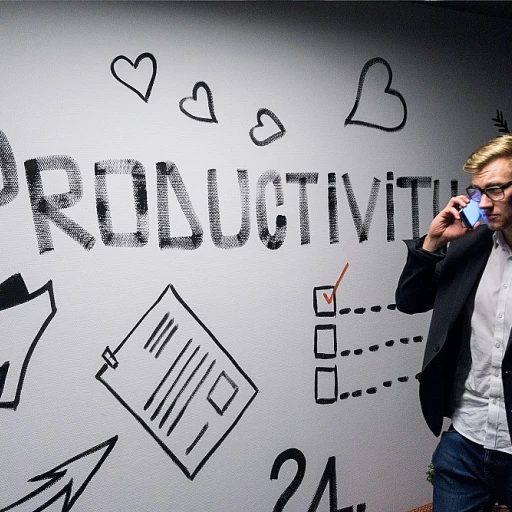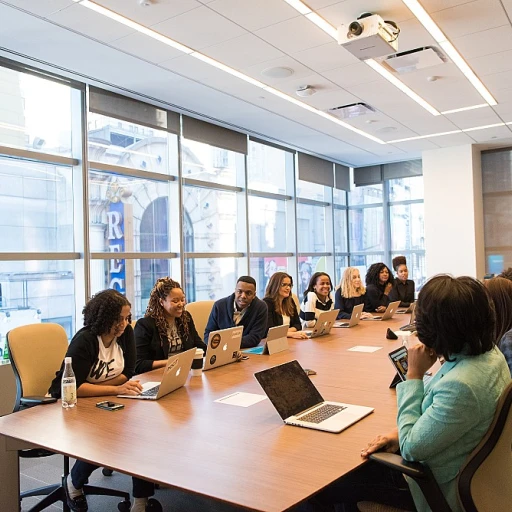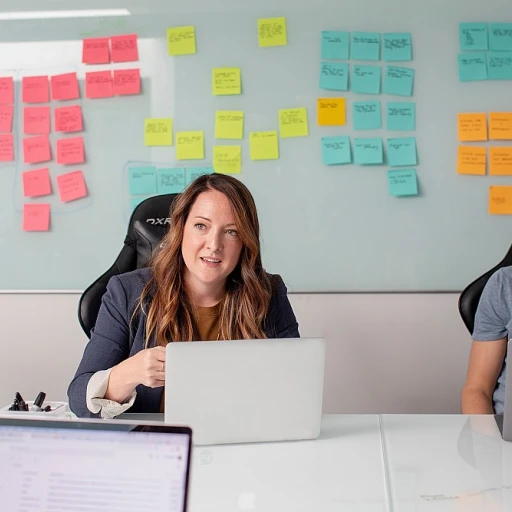
Understanding the Role of Executive Retreats
The Power of the Executive Retreat in Leadership Dynamics
In today’s fast-paced business environment, the need for cohesive leadership teams is more critical than ever. Executive retreats serve as a catalytic event for enhancing leadership development, strategic vision, and team dynamics. By stepping away from the daily grind, leaders gain valuable perspective on their roles and the direction of their company.
The significance of executive retreats lies in their ability to foster connections among leadership team members, reinforcing a strong, unified company culture. Through targeted activities, these retreats encourage leaders to share experiences, insights, and strategic goals. This not only aids in individual leadership growth but also strengthens the collective resolve towards achieving long-term objectives.
Corporate retreats also provide a deserved break from the usual meeting spaces. This change of environment can rejuvenate leaders, allowing them to engage in effective team building activities that might not be possible in a conventional setting. By participating in well-planned events, leadership teams can discover innovative solutions and strategies that drive business success.
Ultimately, understanding the role of executive retreats is pivotal for companies looking to enhance their leadership capabilities. An impactful retreat can align vision and goals, magically transforming individual executives into a seamless, dynamic leadership force that steers the company towards a brighter future. For further insights on this transformation process, consider exploring what makes an effective retreat truly stand out.
Designing Effective Retreats
Crafting a Comprehensive Approach for Executives
Designing a successful executive retreat requires a careful balance between meeting the strategic goals of the company and fostering leadership development among the participants. A well-structured plan will ensure that these retreats are not only productive but also provide a constructive experience for the leadership team. To begin with, understanding the company's long-term objectives enables the event planners to tailor the content and activities of the retreat to suit the unique needs of the organization. This involves working directly with management to align the retreat agenda with business goals and addressing any specific challenges the company might be facing. Choosing the right retreat location is also crucial. Selecting a venue that offers the right meeting spaces and amenities will facilitate effective discussions and encourage creative problem-solving. Whether it's a serene mountain setting or a bustling city environment, the retreat location should support the desired outcomes of the retreat. Incorporating a variety of team building activities during the retreat is another important factor. These activities should focus on strengthening team dynamics, encouraging collaboration among team members, and enhancing leadership skills. By designing sessions that stimulate both personal and professional growth, leaders can deepen their understanding of their roles and the company culture. Another aspect to consider is engaging professional facilitators or leadership coaches who can provide insights into advanced leadership and management techniques. This external expertise adds a layer of credibility and can guide leaders through complex decision-making processes, fostering an environment of continuous learning and development. For more in-depth insights into enhancing leadership capabilities, check out this link inspiring words on management and leadership. Finally, incorporating feedback mechanisms is vital for the retreat’s success. Gathering input from participants before, during, and after the event will help to fine-tune the retreat process and ensure that the outcomes align with expectations. This ongoing evaluation can lead to improvements in future retreats and can help solidify the learnings and advancements made during the retreat.Leadership Development and Team Building
Fostering Cohesion through Interactive Initiatives
When it comes to executive retreats, the core focus often revolves around enhancing leadership dynamics. This can be achieved through carefully curated team-building activities and leadership development exercises. Such initiatives are designed to strengthen the bonds between team members, nurturing a supportive company culture that promotes innovation and strategic planning. One key aspect of a successful corporate retreat is the inclusivity of interactive sessions that allow leaders to collaborate on a level playing field. This can be accomplished through a mix of indoor and outdoor activities tailored to both the corporate environment and the retreat location. These activities help in breaking down organizational barriers, enabling leaders to see each other in new lights and fostering genuine connections. Emphasis on leadership skills should be woven into the retreat's framework. Workshops focused on communication, problem-solving, and decision-making can significantly enhance team dynamics and the overall leadership experience. Moreover, these sessions provide an ideal platform for leaders to revisit and realign the company’s strategic objectives with its long-term vision. By creating an environment that encourages open dialogue, these sessions help leaders deepen their understanding of the diverse skills within their teams, ultimately leading to more cohesive team management. For more insights on elevating the experience of these gatherings, exploring the enhancing employee experience can offer valuable perspectives.Strategic Vision and Innovation
Creating Strategic Directions and Encouraging Innovation
In the dynamic corporate landscape, cultivating strategic vision and fostering innovation are paramount for any successful business. Executive retreats offer leaders an opportunity to break away from routine environments, encouraging fresh perspectives and creative thinking. These retreats, tailored specifically for the leadership team, serve as a crucial part of strategic planning. During a well-planned executive retreat, leaders are immersed in activities that prompt reflection and forward-thinking strategies. The emphasis is placed on aligning the leadership team around the company’s long-term vision. With carefully designed building activities, leaders can collaboratively analyze current market trends, assess business challenges, and brainstorm innovative solutions. It's crucial for companies to motivate their leaders to look beyond the day-to-day management. By doing so, they ensure a strategic plan that not only meets immediate business needs but is also adaptable to future uncertainties. Leadership development at these retreats involves honing strategic planning and leadership skills, fostering a leadership culture that embraces change and champions innovation. Retreats also provide the perfect platform to introduce new ideas in a supportive setting. The change in environment allows leaders to break free from their usual patterns of thinking, often leading to new insights and breakthroughs in company culture and strategic directions. The goal is to return to the office not only invigorated but armed with innovative solutions that can be seamlessly integrated into the corporate structure, strengthening the business from within.Measuring the Impact of Retreats
Evaluating the Outcomes of Executive Retreats
Measuring the impact of retreats is crucial to understanding their effectiveness in enhancing leadership dynamics. Here are a few key areas to focus on when evaluating retreat outcomes:- Leadership Skills Enhancement: Assess how the retreat contributed to developing leadership skills among participants. Identify tangible improvements in skills such as communication, decision-making, and strategic thinking.
- Team Dynamics: Examine changes in team dynamics post-retreat. Are there improvements in collaboration and trust among team members? Pay attention to how these changes influence the overall team performance and morale.
- Strategic Goals Alignment: Consider whether the retreat helped align the leadership team with the company's strategic goals. Effective alignment is a sign of successful retreat planning and execution.
- Company Culture and Engagement: Reflect on how the retreat has influenced company culture. Enhanced company culture and employee engagement often indicate positive retreat outcomes.
- Innovation and Strategic Planning: Evaluate innovations proposed during the retreat and their implementation. Successful retreats often result in actionable strategic plans that foster business growth.
Challenges and Considerations
Unforeseen Hurdles: Navigating Common Pitfalls
Executive retreats can significantly influence a leadership team’s dynamics and long-term strategic planning. However, the process is not without its challenges. Understanding these potential hurdles is vital for ensuring a successful event that fosters company culture and leadership skills.- Clear Objectives: One common issue arises from poorly defined retreat objectives. Without a clear plan, it becomes difficult to measure the retreat’s impact. Establishing specific goals beforehand helps maintain focus and provides a benchmark for evaluating outcomes.
- Retreat Location and Logistics: Selecting an inappropriate retreat location can hinder the success of the event. Facilitators need to ensure that the meeting spaces are conducive to productive discussions and team building activities. Proper logistical planning mitigates disruptions and enhances the overall experience.
- Inclusive Leadership Dynamics: For a retreat to be effective, it's crucial to foster an environment where every team member feels valued. Encouraging open dialogue among leaders can sometimes be challenging but is essential for effective leadership development and strategic visioning.
- Follow-Up Strategy: Often, the insights and resolutions developed during executive retreats lose momentum once leaders return to their day-to-day responsibilities. Instituting a follow-up plan is necessary to ensure that progress is tracked and initiatives are implemented, further embedding the outcomes into the company’s long-term strategy.












